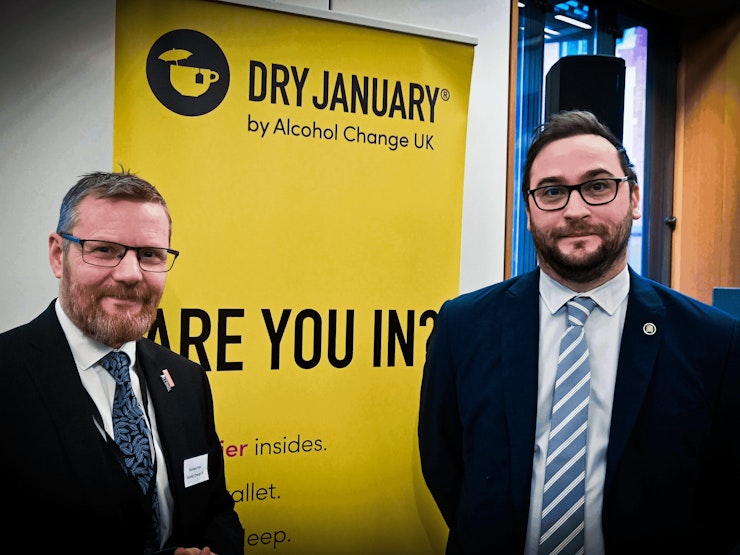From now on, alcohol cannot be sold to the public in Scotland at less than 50p per unit. This means that, for example, a 750ml bottle of 13% ABV wine will have to be sold for at least £4.88, and a 700ml bottle of 37.5% ABV vodka cannot be sold for less than £13.13.
By raising the minimum price at which alcohol can be sold, MUP is targeted particularly at the low cost, high strength drinks which we know are associated with some of the most serious alcohol-related harms.
There’s a handy summary video here.
The evidence for MUP in Scotland is based both on the famous ‘Sheffield Alcohol Policy Model’ and some evidence from countries (including Canada) where similar policies have been implemented. The model suggests that MUP will be highly targeted at the heaviest drinkers, and that it will reduce a range of associated harms. For example, it predicts that, after 20 years of MUP, there will be 120 fewer alcohol-related deaths and 2,000 fewer alcohol-related hospital admissions per year.
MUP was first introduced by the Scottish Government in 2012 as part of their ongoing strategy to reduce alcohol harm. But the introduction of MUP in Scotland was delayed for six years due a lengthy legal battle led by the Scotch Whisky Association, which challenged the legality and proportionality of the policy. After a series of extensive legal judgements at the European Court of Justice, and ultimately a ruling at the UK Supreme Court last November, MUP was ruled to be legal, and the Scottish Government acted quickly to set a date for its introduction.
Introducing MUP creates one of the most significant natural experiments in alcohol policy in the UK for decades. Arguably, the Licensing Act 2003 was a similar scale intervention, but unfortunately no proper systems were put in place to evaluate its impact – although a House of Lords Select Committee did produce a lengthy retrospective report on its effects last year.
Fortunately, the Scottish Government has set in place an extensive and detailed evaluation programme for MUP. It will look at the effects of the policy across a range of areas, including hospital admissions, effects on dependent drinkers, and impacts on the retail trade. Finally, we will be able to see how the policy works in the real world, and what its actual effects are.
If the modelling proves accurate, then we should see a significant fall in alcohol harm. If that happens, then the case for MUP in the rest of the UK (and across the world) will become much stronger. Of course, we need to keep an open mind: if the effects prove different, or if there are negative unintended consequences, this needs to be taken on board. MUP should be a matter of evidence.
We welcome the fact that Scotland’s democratically-elected government has finally been able to introduce a policy that was held up for so long. We hope that MUP has the significant and vital impacts that predictions suggest – and that the evaluations provide us with detailed and accurate information on which policy-makers can base decisions in future.


